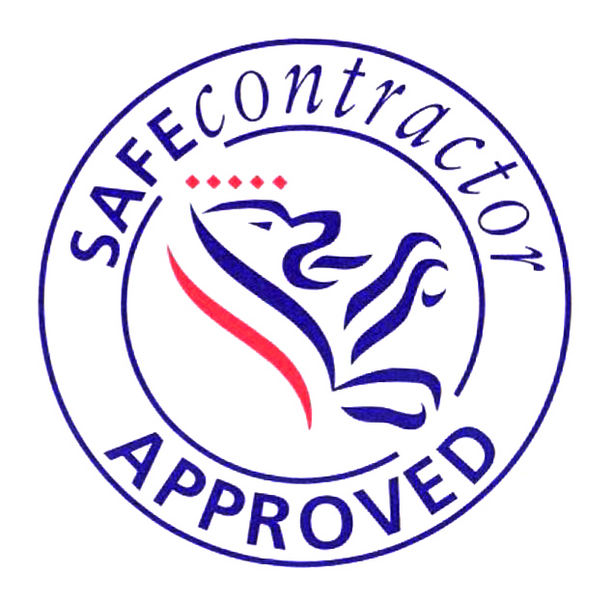The Difference Between Spiral and Helix Staircases
The Difference Between Spiral and Helix Staircases
Staircases are more than just functional, they are often a focal point in a property, shaping the look and feel of a space. When it comes to stylish alternatives to standard straight flights, two of the most popular options are spiral staircases and helix, sometimes called curved, staircases. While they are often mentioned in the same breath, they are quite different in both design and impact. Understanding these differences is important when deciding which staircase is best suited to your project.
What is a spiral staircase?
A spiral staircase is one of the most recognisable designs. It winds around a central column, with each tread attached to the column and arranged in a circular pattern. The design is compact, which makes spiral staircases ideal for smaller spaces or where floor area is limited.
Because of their structure, spiral staircases are often used in loft conversions, mezzanines, and areas where space is at a premium. They are also popular in outdoor settings such as garden access or roof terraces. Their simple geometry and compact footprint make them highly practical in situations where fitting a traditional staircase would not be possible.
However, the design does bring some limitations. The treads narrow towards the centre column, which can make them harder to walk up and down, particularly for those with mobility issues. Carrying large items up a spiral staircase can also be challenging. Despite these points, their striking design, space efficiency, and range of material options mean they remain a highly sought-after choice.
What is a helix or curved staircase?
A helix staircase, also referred to as a curved staircase, is a more expansive design that sweeps upwards in a graceful arc without relying on a central supporting column. Instead, the structure is supported at the sides, often with stringers or concealed steelwork, which allows for a more open and flowing appearance.
Helix staircases are usually wider than spiral staircases and provide consistent tread widths across the whole step. This makes them easier and more comfortable to use. They also create a sense of luxury and elegance, often becoming a centrepiece within a building. Unlike spiral staircases, which tend to save space, helix staircases are chosen to make a design statement and add architectural value.
Because they require more floor space and structural support, helix staircases are commonly used in larger properties, commercial buildings, and projects where aesthetics are as important as function. The sweeping form can be customised with a range of materials, from glass and steel to timber, making them versatile enough to suit both modern and traditional interiors.
Key differences between spiral and helix staircases
The main difference between spiral and helix staircases lies in their construction. Spiral staircases revolve around a central column, making them compact and space-saving, while helix staircases flow in a smooth curve without a central support, offering a grander and more open appearance.
Spiral staircases are often more affordable and easier to install, as their design is relatively straightforward and requires less structural support. Helix staircases, on the other hand, are more complex to design and build, often involving bespoke engineering and higher installation costs.
In terms of usability, helix staircases usually provide a more comfortable climb, as the treads are consistent in size and width. Spiral staircases, while functional, can feel tighter and may be less practical for regular heavy use.
Another difference is how the staircases are perceived in terms of design. Spiral staircases are seen as practical, compact, and stylish, whereas helix staircases are viewed as luxury features that add a sense of drama and sophistication to a space.
Choosing the right option for your project
The choice between spiral and helix staircases depends on the needs of your property and your priorities. If space-saving is the most important factor, a spiral staircase is often the best choice. They are compact, cost-effective, and can be designed in a variety of materials to complement your property.
If the aim is to create a visual statement or add a sense of luxury, a helix staircase is ideal. With its flowing lines and spacious design, it can transform an interior into something truly impressive. Although they require more investment, helix staircases deliver long-term value by enhancing both the function and appearance of a building.
It is also important to consider who will be using the staircase. For everyday use in family homes, the consistent tread size of a helix staircase can be more practical. For occasional access to lofts or roof areas, a spiral staircase may be perfectly suitable.
Working with professionals
Both spiral and helix staircases require expert design and installation to meet safety regulations and ensure long-term durability. Structural considerations, material choices, and compliance with building regulations all play a part in delivering a safe and attractive staircase.
At Bradfabs, we specialise in designing and manufacturing bespoke staircases to suit every project. Whether you are looking for the space efficiency of a spiral staircase or the elegance of a helix staircase, our team can guide you through the options, ensuring your staircase not only meets your practical needs but also enhances the character of your property.








